Identifying your target audience is crucial for the success of your business. Especially in the B2C sector, where the needs and requirements of customers vary, targeted surveys can help gather valuable insights. In this guide, you will learn how to collect crucial information about your customers through a systematic target audience survey using the online tool Google Forms. I will explain our direct experiences in relation to a project for TutKit.com and the insights gained from it.
Key Insights
A strategic target audience survey helps improve customer understanding, optimize pricing, and adjust payment options and minimum contract lengths. Through the collected data, we gained insights into the usage behavior and general needs of our target audience.
Step-by-Step Guide to Target Audience Survey
1. Define target audience
Before starting the survey, you should precisely define the target audience. In our case, we specialized in the B2C target group. This means focusing on end consumers interested in e-learning content. It is important to understand whether you are dealing with a business-to-business (B2B) or business-to-consumer (B2C) scenario to choose the right approach and questions.
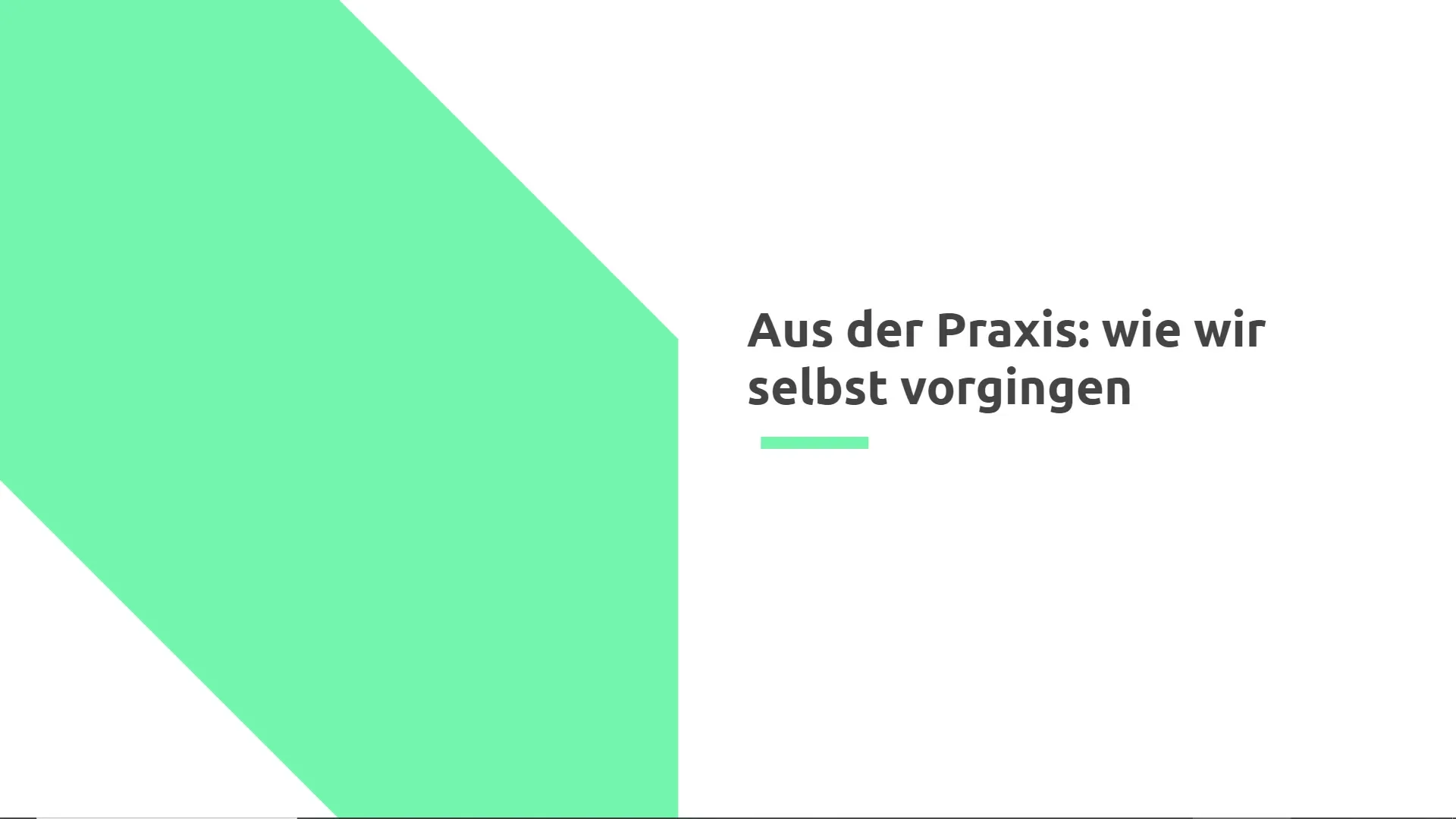
2. Set survey goal
After defining your target audience, specify what you aim to achieve with the survey. In our case, we wanted information on how our content is perceived, platform usage, preferred payment methods, and pricing. Consider which questions are of interest to you to make future decisions.
3. Formulate questions
Based on your goals, create open and closed-ended questions. The questions should be clear and precise. For example, we asked about the device our target audience uses online, their thoughts on pricing, and if there are any missing content. Try to incorporate human aspects into your questions to receive authentic responses.
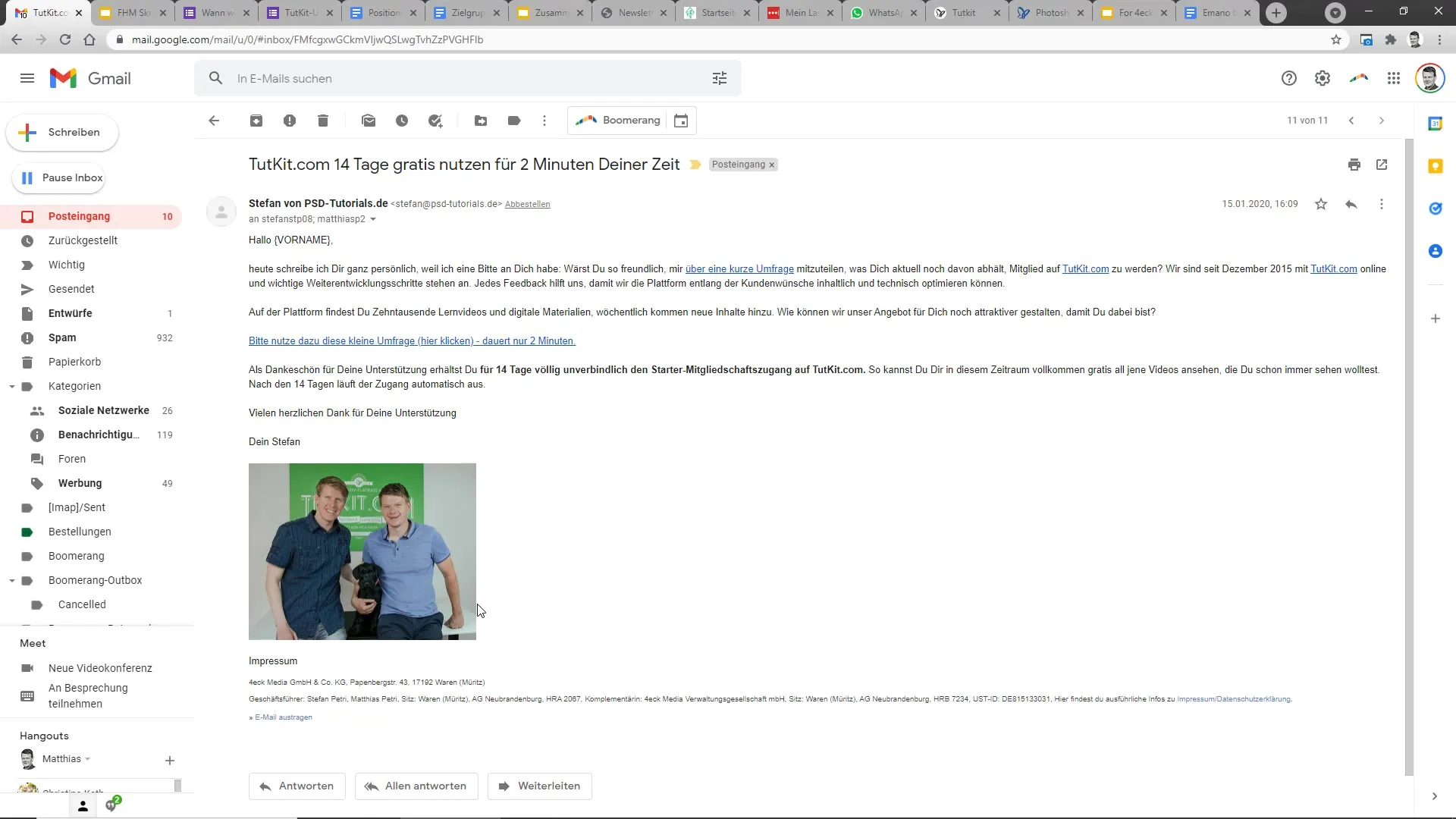
4. Conduct survey
Once the questions are formulated, you can create the survey using Google Forms. Ensure the survey is user-friendly and realistically estimate the time to answer the questions - for example, we specified that the survey would take only about 2 minutes to complete.
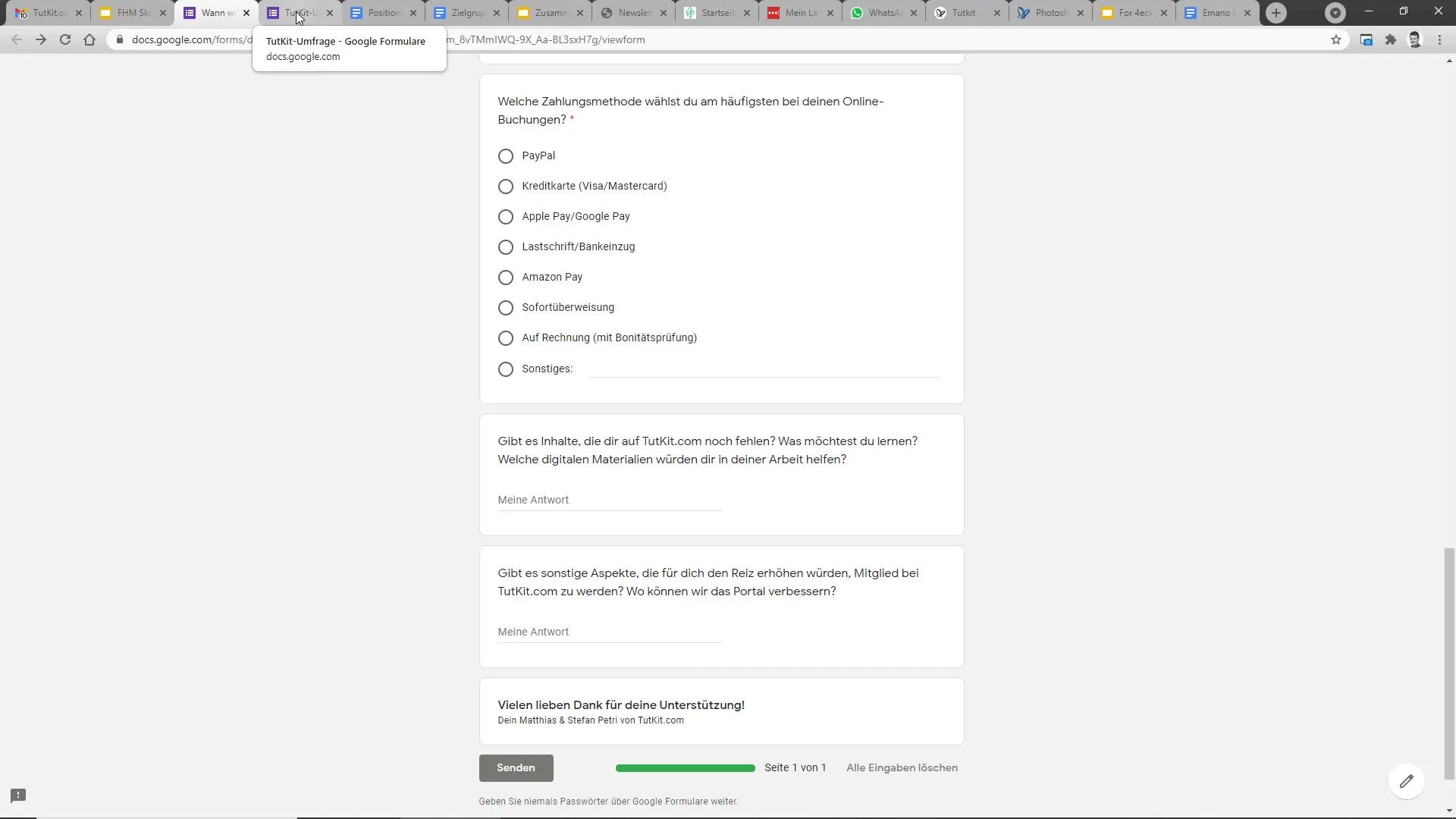
5. Contact target audience
Once the survey is created and optimized, you should reach out to your target audience. In our approach, we sent an email to potential customers asking for their participation. We provided them with an incentive - in our case, a 14-day free access to the platform.
6. Evaluate results
After the survey is completed, it is important to evaluate the responses received. We received feedback from over 280 participants, providing us with a representative data basis for our analysis. The evaluation offers valuable insights into the purchasing decisions and obstacles of your target audience.
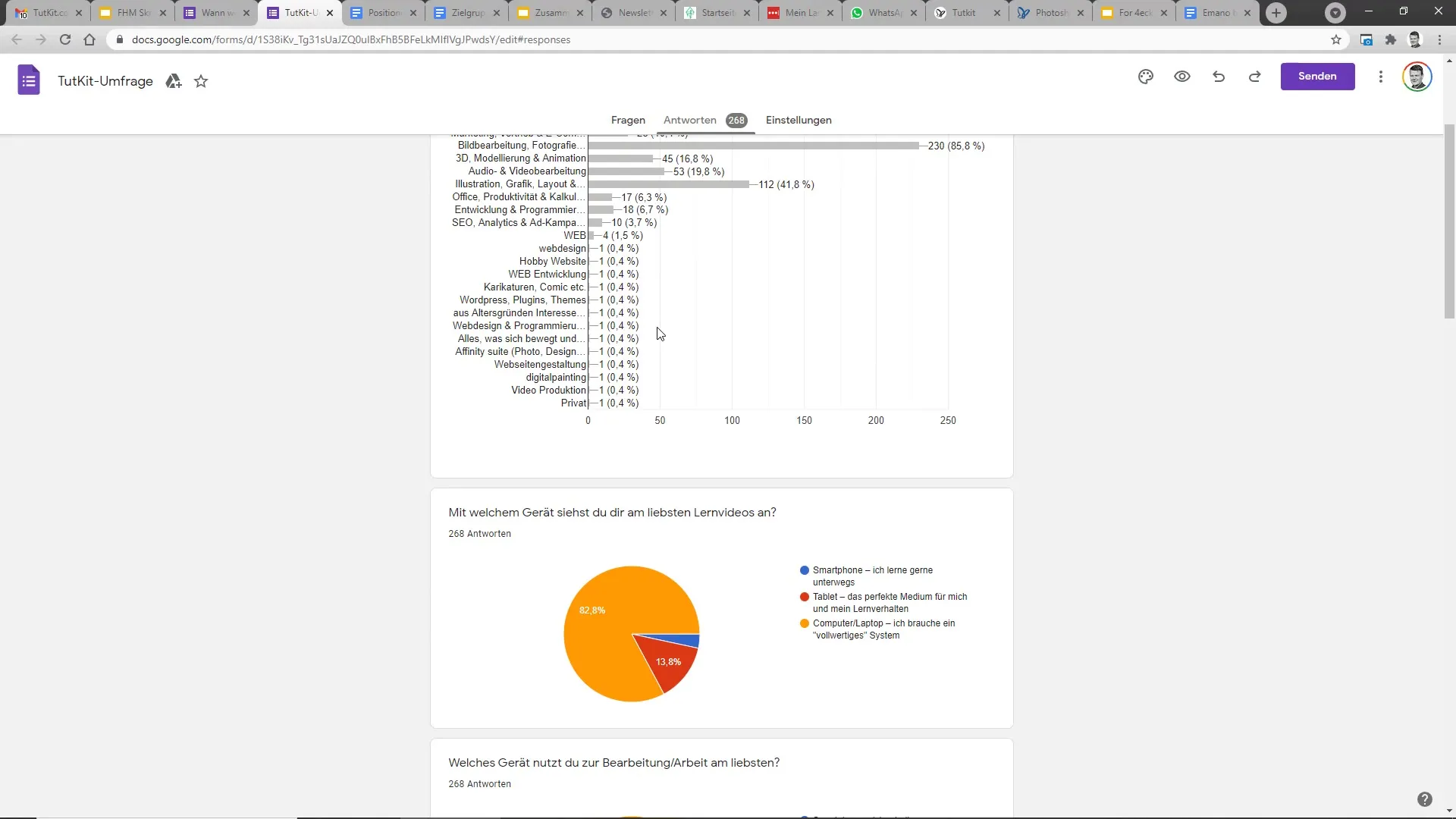
7. Draw conclusions and make decisions
Based on the evaluated data, you should now draw conclusions. As shown in our case, 75% of the participants were satisfied with the offered payment methods, and there were requests for shorter minimum subscription periods. This information is essential for future offering design and product adjustments.
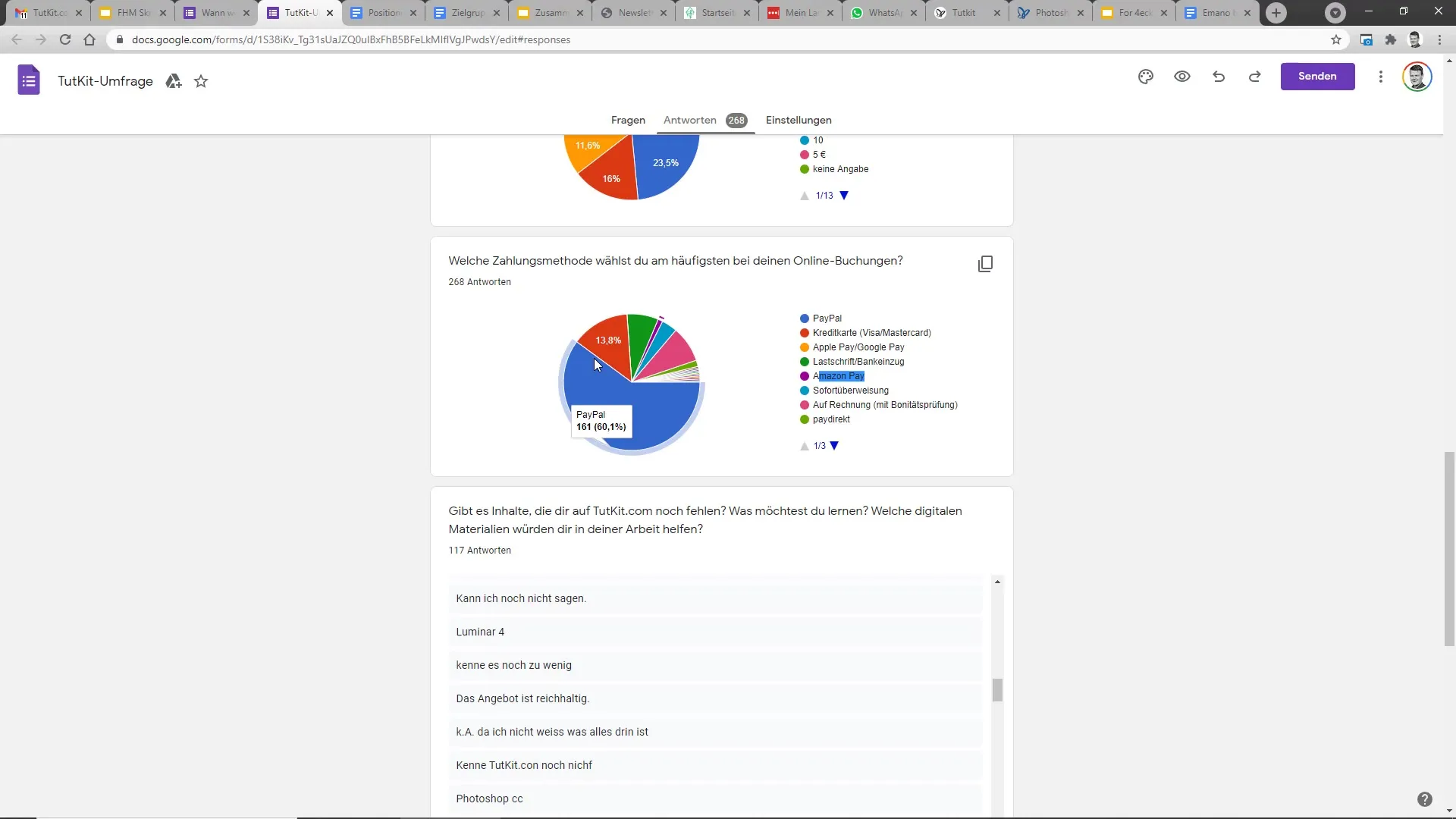
8. Implement feedback
You can now incorporate the gained insights into your product development and marketing strategies. For example, if many participants prefer a certain payment method or miss certain contents, you should integrate these aspects into your planning. At TutKit, we were able to convince some members to stay permanently through the survey and trial access.
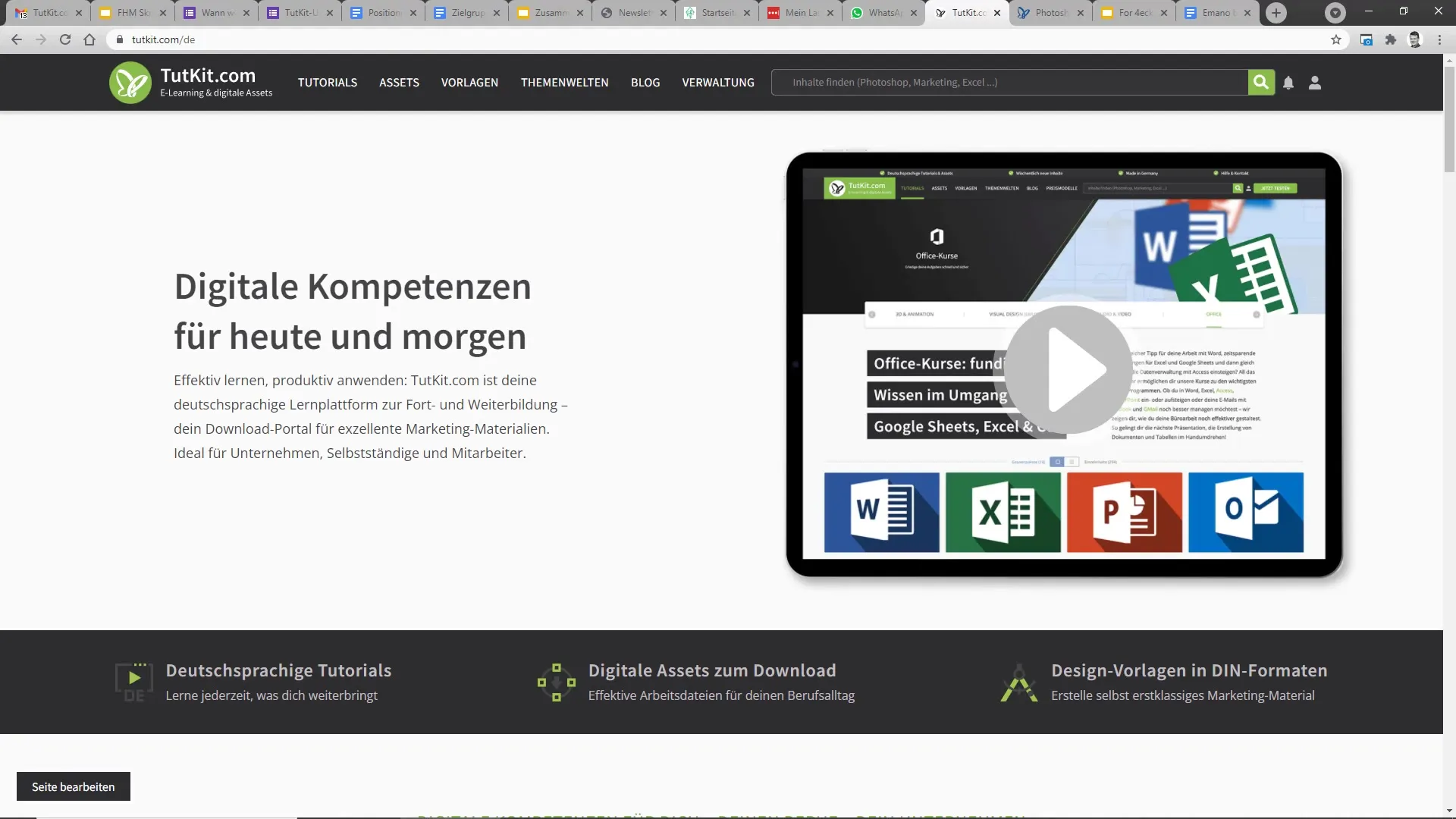
9. Follow-up action
It is advisable to approach the participants again after the survey to thank them for their time and possibly share survey results. This promotes customer loyalty and trust. A few weeks later, we sent out another email to inform the participants about the survey results and make them another offer.
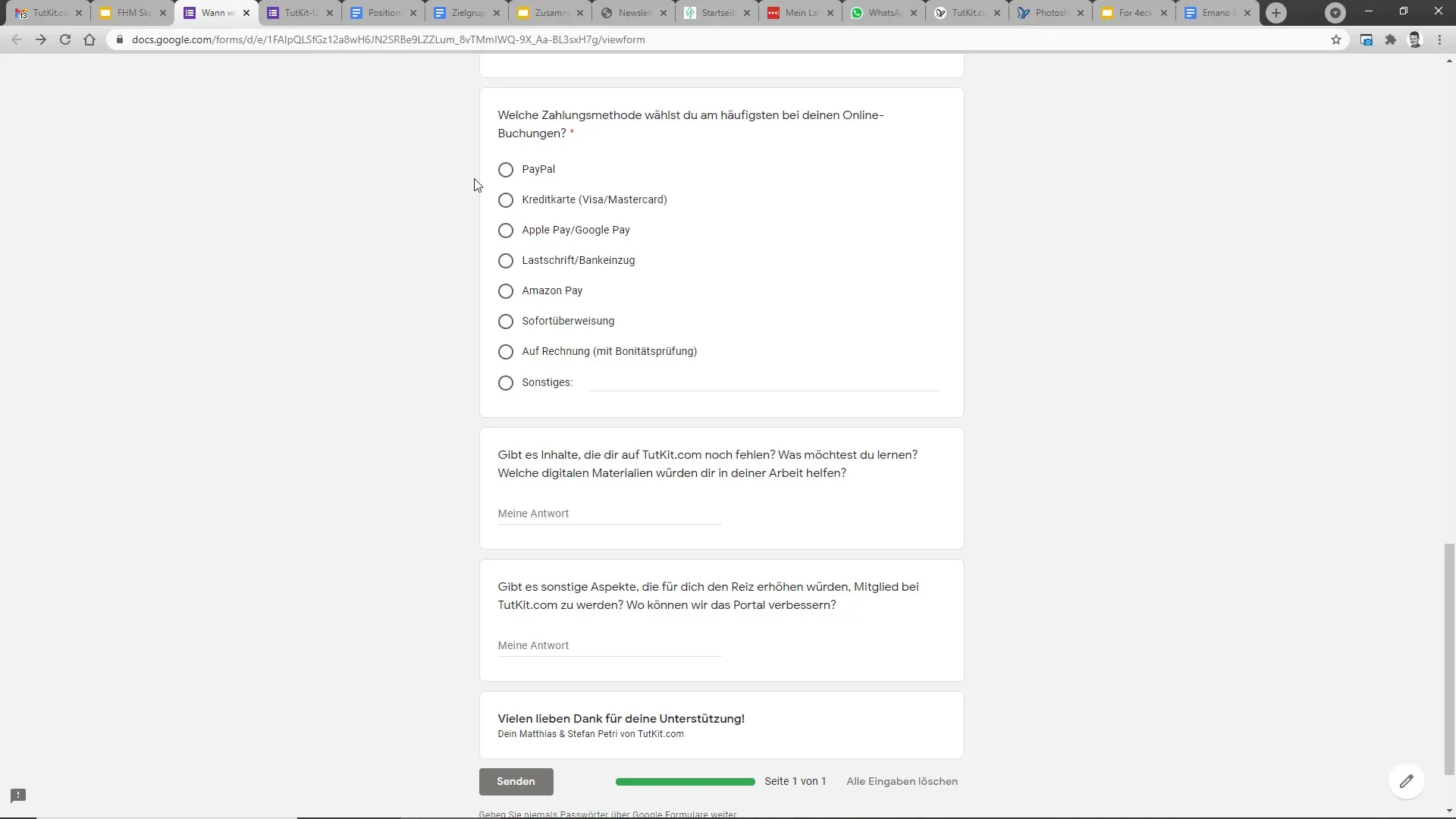
Summary
In this guide, you have learned how important a well-structured target group survey is in order to generate profitable insights. By specifically addressing your target group, formulating relevant questions, and analyzing the answers, you can tailor your offers optimally to the needs of your customers.
Frequently Asked Questions
How long should a survey take?The survey should take a maximum of 2 to 3 minutes to ensure a high response rate.
What is the best way to reach my target audience?Use emails or social media to address them directly and offer incentives.
How many questions should I ask?A survey should contain between 5 and 10 questions to obtain precise and targeted information.
Why is the feedback from my target audience important?Feedback helps you optimize your offering and better meet the needs of your customers.
Should I allow anonymized responses?Yes, anonymous surveys encourage many participants to respond more honestly.


